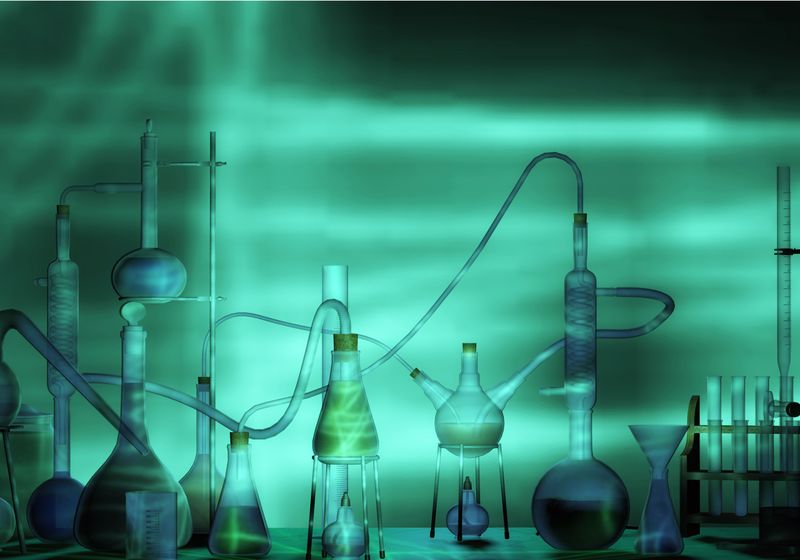As Halloween approaches, jack-o’-lanterns pop up in front of houses while cobwebs and skeletons decorate storefronts. In the spirit of all things spooky, the editors at The Scientist asked researchers to tell us about their scariest professional experiences. From near-disasters with lab equipment to harrowing alligator encounters, their stories are scary enough to keep even the bravest scientist up at night.
Frightening Fieldwork: From Submarines and Quicksand to Drug Runners
Matt Simcik, environmental chemist, University of Minnesota
Chris Cooper
The scariest thing that ever happened to me was when I was at the bottom of Lake Superior in a submersible sampling sediment, and we couldn’t hail the surface. The pilot had to power cycle the entire submarine at the bottom of the lake. I saw the pilot hit the switch, but my professor didn’t see that, so he thought everything just went black on its own. The pilot was an electrical engineer, and he built the submersible. After the power cycle, he said, “Now I can talk to them, so they know where we are,” and all this kind of stuff. Besides that, just the hulls creaking and the condensation with water dripping on you, it gets kind of scary in a sub.
Jordan Mallon, paleobiologist, Canadian Museum of Nature
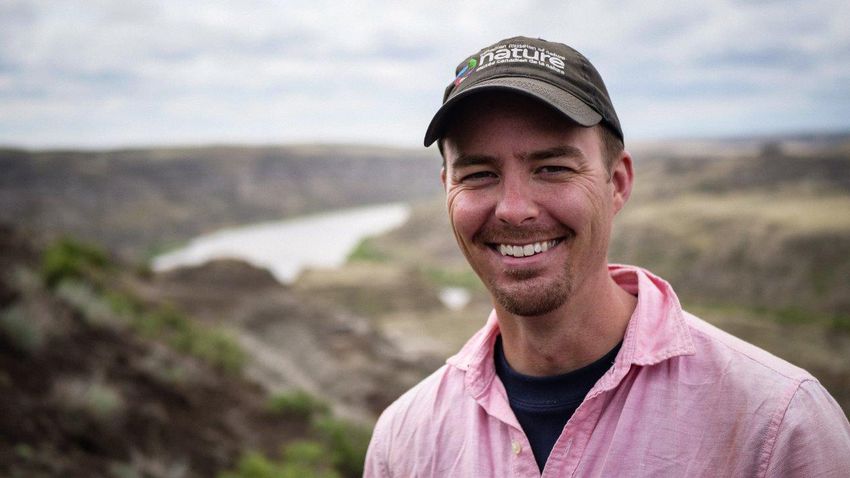
Pierre Poirier © Canadian Museum of Nature
I was out with a geologist in Alberta who was teaching me a bit more about the rocks in the area that I was working in when I fell into quicksand. Quicksand looks surprisingly like—or maybe unsurprisingly like—wet, hard packed ground. There was even grass growing on it, so it looked like something you could certainly walk on. But low and behold, it’s not. I quickly fell in before I even knew what was happening, and it was up to my waist. It wasn’t so much scary as surprising at the time, but then it led me to realize that there was no good reason why I couldn’t have fallen in over my head. Just thinking about that in retrospect is kind of scary.
So, when I’m leading field expeditions now with new students, I’m always sure to point out to them what quicksand looks like. It’s pretty rare that you come across it, but I’ve learned the hard way to be careful.
Laura Kojima Todd, graduate student and reptile amphibian biologist, University of California, Davis
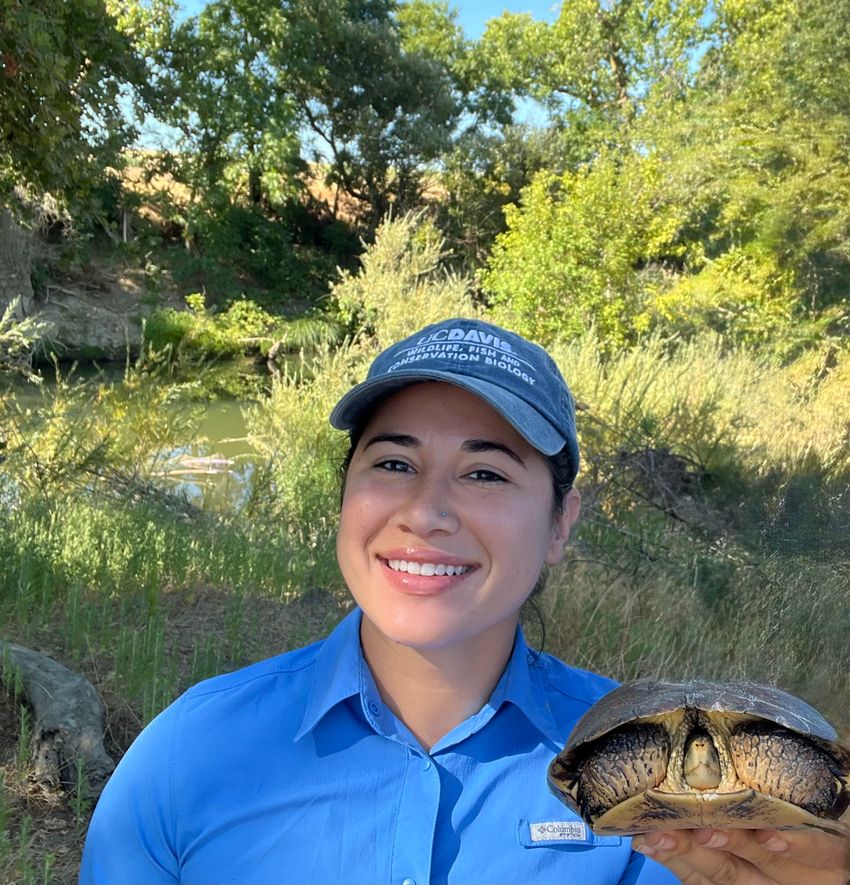
Brian Todd
My master’s work was with American alligators at the University of Georgia. I worked in the Savannah River Ecology Lab in South Carolina where I was doing surgery on an alligator. As we were mid surgery putting attachments on the back of their necks to do GPS telemetry, a bug flew straight into my ear. It was peak covid, July 2020, when this happened too. So, for me, the thought of having to go to the hospital to get the bug removed was actually more terrifying than just doing a medical procedure on an alligator that doesn’t have any anesthesia—it just had numbing medicine on its back. The alligator was easy. The bug situation was absolutely terrifying. It was just flapping in my ear. I was scared it was going to die, and I was going to get an infection from it dying in my ear.
In retrospect, it was so ridiculous because here I am, sitting on an alligator, and I’m just like, “Oh my God!” And my team’s like, “What is wrong with you?” Then, my supervisor comes over with some forceps, and he’s like, “Let me look in there.” And I’m like, “Hell no, get away from me.” I went to bed that night with the bug in my ear. All our work was at nighttime, so I was so exhausted. There was also not going to be an urgent care emergency room open because it’s rural South Carolina, so I just went to bed. And the bug went to sleep also because it did not make a noise at all. I woke up the next morning to look up when urgent care opened, and the second my head went up, the bug started fluttering. I’m like, “Well, I guess it didn’t die.” In the end, it was just a tiny little gnat. It was sitting on my eardrum, and the doctors quickly flushed it out with lidocaine. And I was like, I had all that stuff on my boat, actually. That was my scariest experience.
Mandë Holford, marine chemical biologist, Hunter College
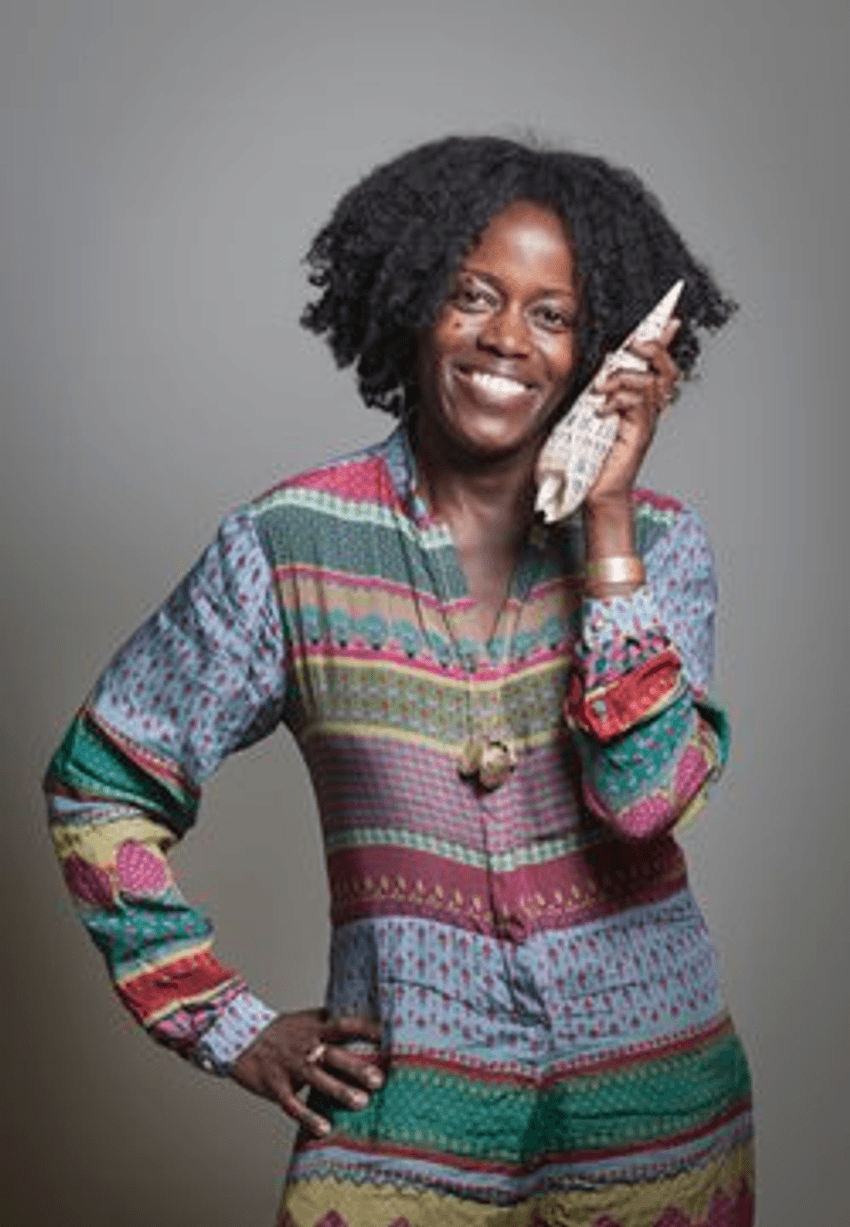
Mandë Holford
My scary experience was on my first collection trip in Panama where we were out in the archipelago in Las Perlas, which is an area that is still a very active drug running area between Columbia and Ecuador. We ran out of gas, and while trying to get gas, we came too close to one island that was occupied by people with very huge guns. We just kept saying “Scientists! Scientists!” and waving the flag from the Smithsonian Tropical Research Institute that we were with, and then they let us go. That was my scariest experience in the field: almost being gunned down by a drug dealer in search of gas for a boat.
Near Disasters with Lab Equipment
Ji-Yong Julie Kim, reproductive scientist, Northwestern University Feinberg School of Medicine
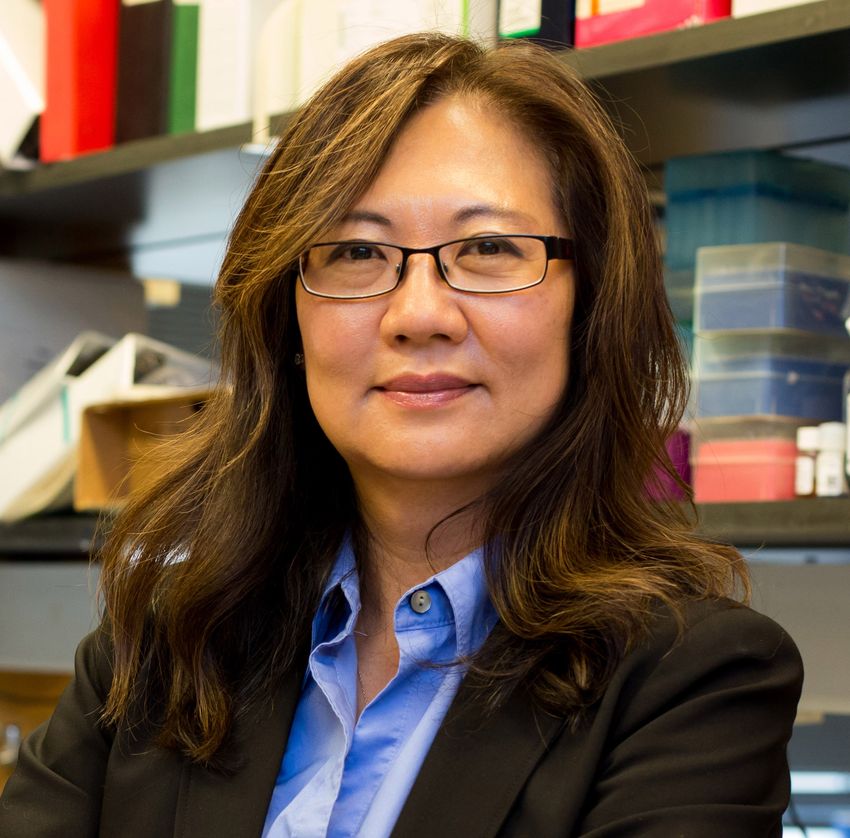
Northwestern University Feinberg School of Medicine
Our lab’s cell culture room is located on the fourth floor of the building, and somebody on the fifth floor had left the tap running so there was water leaking into the room. It happened right on top of our cell counter, which is now broken. It was scary because I thought there would’ve been a lot more damage, but for some reason, the water drops just landed on the cell counter, and everything else was okay. Water damage and things like that are the worst things to happen to a cell culture room, but it was repaired quickly.
Brian Lin, developmental biologist, Tufts University
One day I walked into the lab, and the alarm on our tissue culture incubator was going off. It was at 10 percent CO2, and then, the −80°C freezer started alarming. And then a rotator broke. It was like three or four things in one day. All I did that day was look at manuals on how to repair things, and basically, I became a refrigerator mechanic and a tissue culture incubator mechanic. I’ve learned that I have a backup job as an incubator technician because I was able to, ultimately, replace and repair the tissue culture incubator.
Lisa Wagar, immunologist, UC Irvine
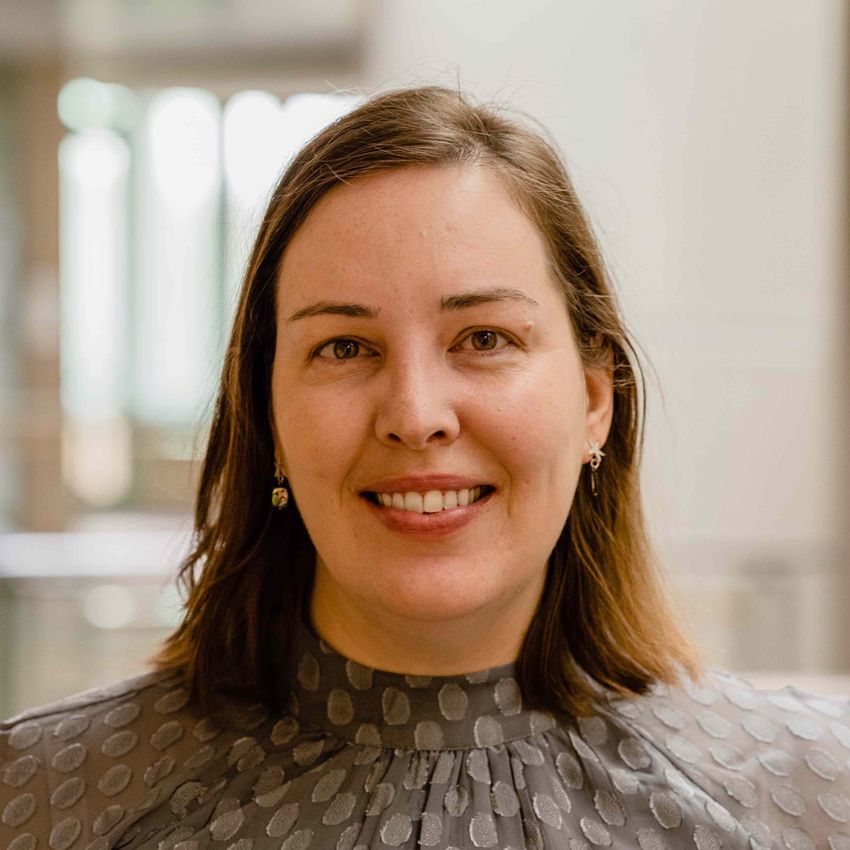
Lisa Wagar
The thing that keeps me up at night is the idea of our liquid nitrogen tank losing nitrogen. As everything we do is in vitro, if that tank goes down, that is all of my samples—everything. We would have to start from scratch. So literally, every single day, I walk by it. I look at the tank, and I check to see that there’s nitrogen. We also have an alarm system. I put in everything possible.
Loss of Scientific Funding and Research Independence
Hiroaki Matsunami, sensory neurobiologist, Duke University
The current moment is as scared as I have ever been. It’s somewhat surprising to think that people may not be so enthusiastic about biomedical research, which really benefited so many. That’s actually scary thinking that people lose confidence, and therefore science may not be supported in the coming years.
Gaurav Chopra, neuroscientist and immunologist, Purdue University
I think the dominance of the United States in science has occurred because of the consistent investment and funding of basic science. But also, this idea that animal work is not required for basic science, and only human work is required is also, I think, a downside. Human work is absolutely essential for translation, but there are experiments that cannot be done in humans. And, while we can make induced pluripotent stem cells (iPSCs), organoids, and all of that, we cannot do behavior experiments on iPSCs or organoids. It’s as simple as that. So the scariest experience—it could very well be independence of science.
Louis Ptáček, Neurogeneticist, UCSF
My major fear is not getting funding. In this country, it has become harder and harder to get the money to do this very important research, and that’s a real problem.
Presentations and Interviews
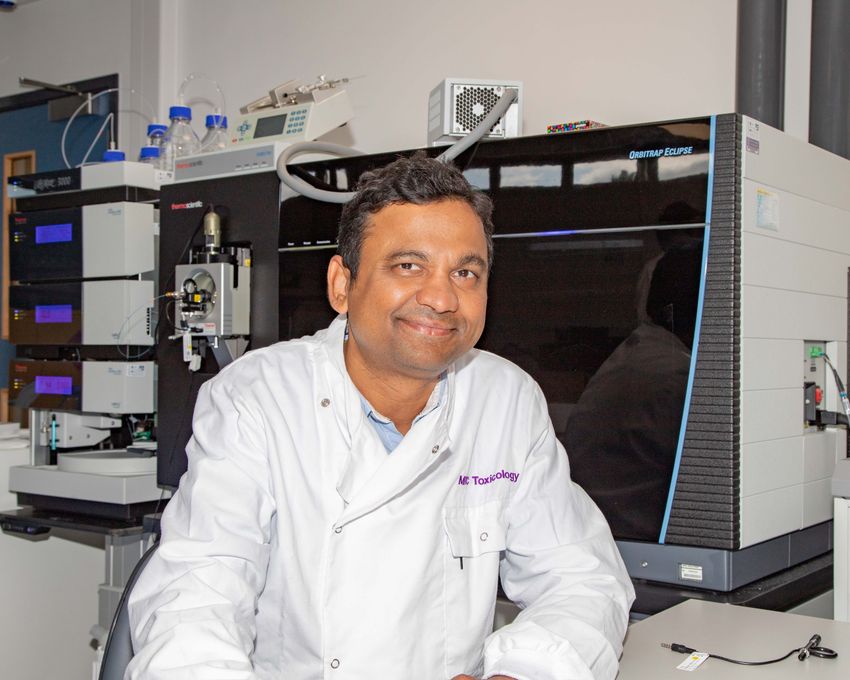
MRC Toxicology Unit
Kiran Patil, systems biologist, University of Cambridge
The scariest experiences are if I have a grant interview or something. The night before I usually have a dream that I’m sitting in a mathematics exam, and I don’t know any answers at all. I wake up completely scared.
Jasmine Esparza, graduate student and molecular biologist, University of California, Davis
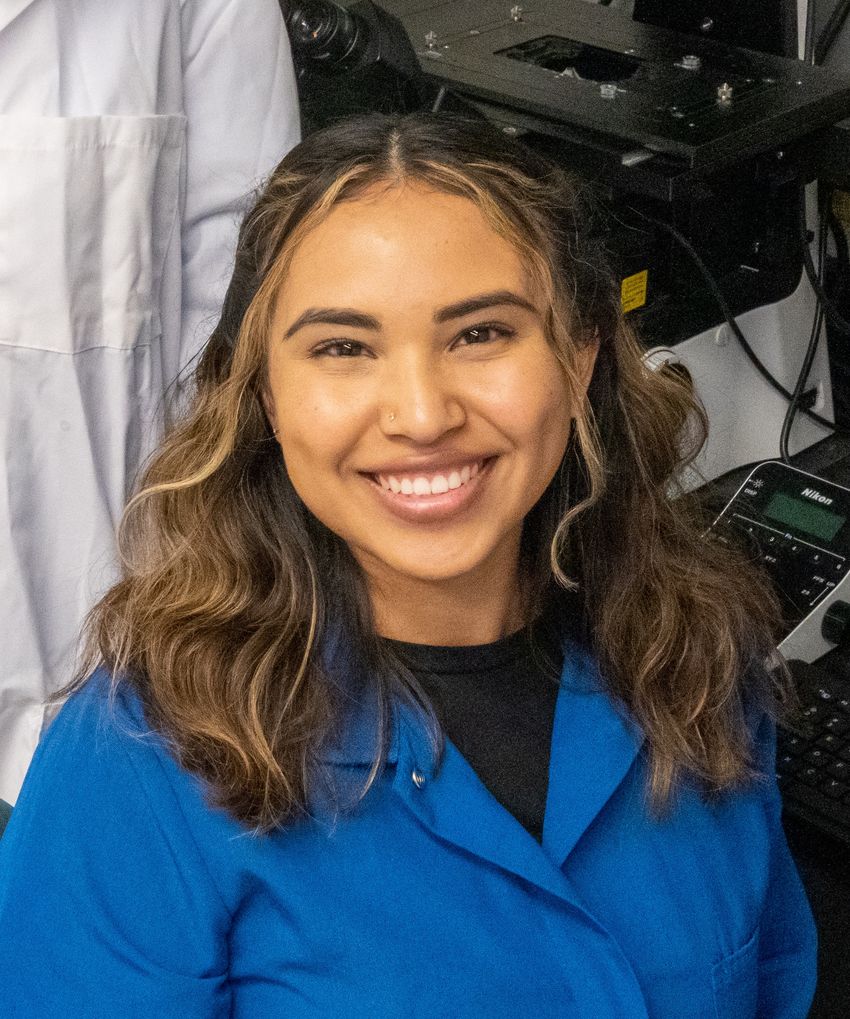
GSPD SACNAS chapter at UC Davis
My scariest experience was when I had to give my first oral presentation in front of about 300 of the field’s top scientists. I had given talks before, but that was the first time I had ever attended a specialized conference, so everyone was an expert. It was scary seeing all of the corresponding authors on papers. I’m like, “Wow, this is what you look like in person.” But apparently, I did really well because some of the top people in the field came up to me and told me that I did a great job. I guess I looked confident. You fake it till you make it, and I guess it worked!
Lab Safety Scares
Julia Gutjahr, cell biologist, University of Konstanz
When a colleague grabs or takes their mobile phone with them in the bacterial hood and then puts their gloved hands on their mobile phone. That is scary.
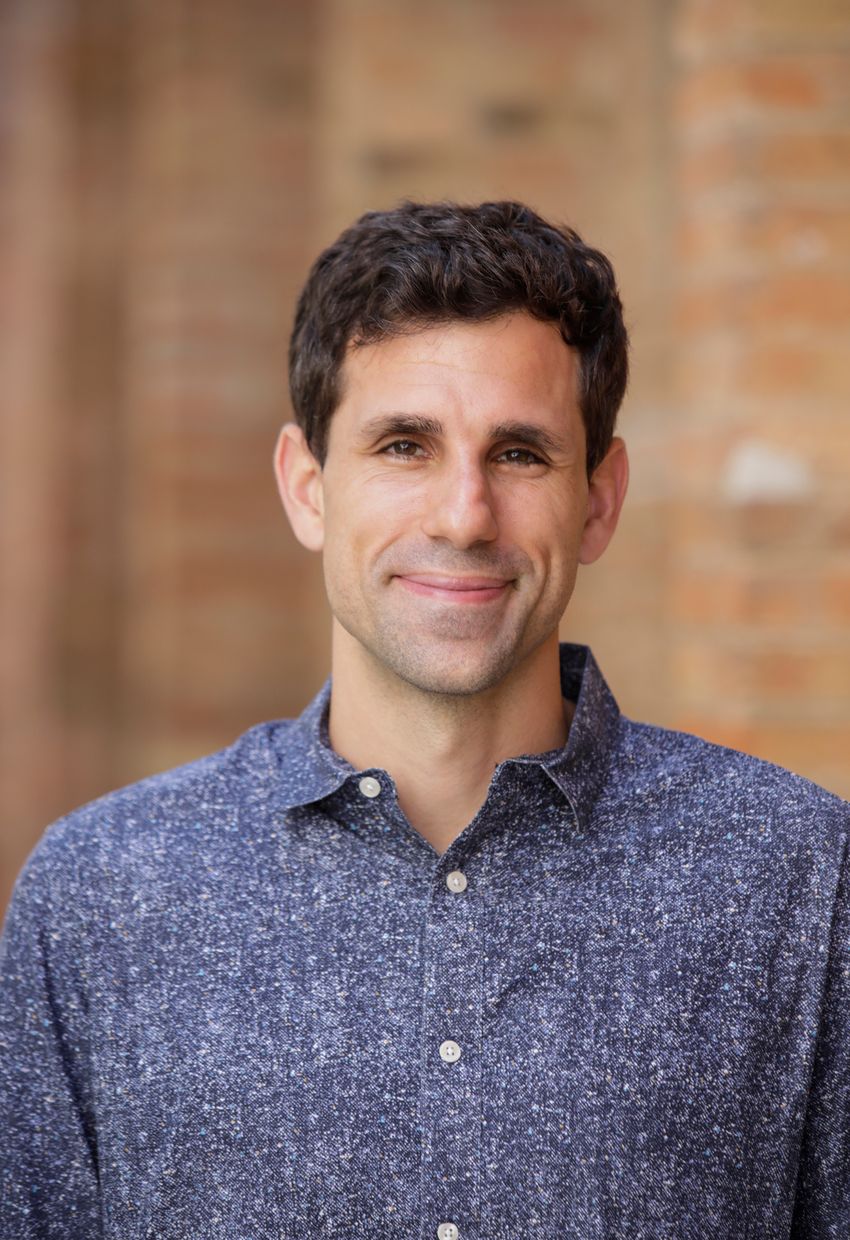
Martí E. Berenguer
Cesar de la Fuente-Nunez, computational biologist, University of Pennsylvania
Definitely COVID–running a research lab during the COVID-19 pandemic. Those were scary times for everyone and really, really challenging. There was this deadly virus going around that was killing people, including friends of friends and family members, so it was just a scary time for humanity. I think it’s a good reminder of what infectious diseases can do actually. I’m glad that we’re not in those times. And I’m glad that at least many of us have been able to move on and survive that time.
Responses have been edited for length and clarity.

